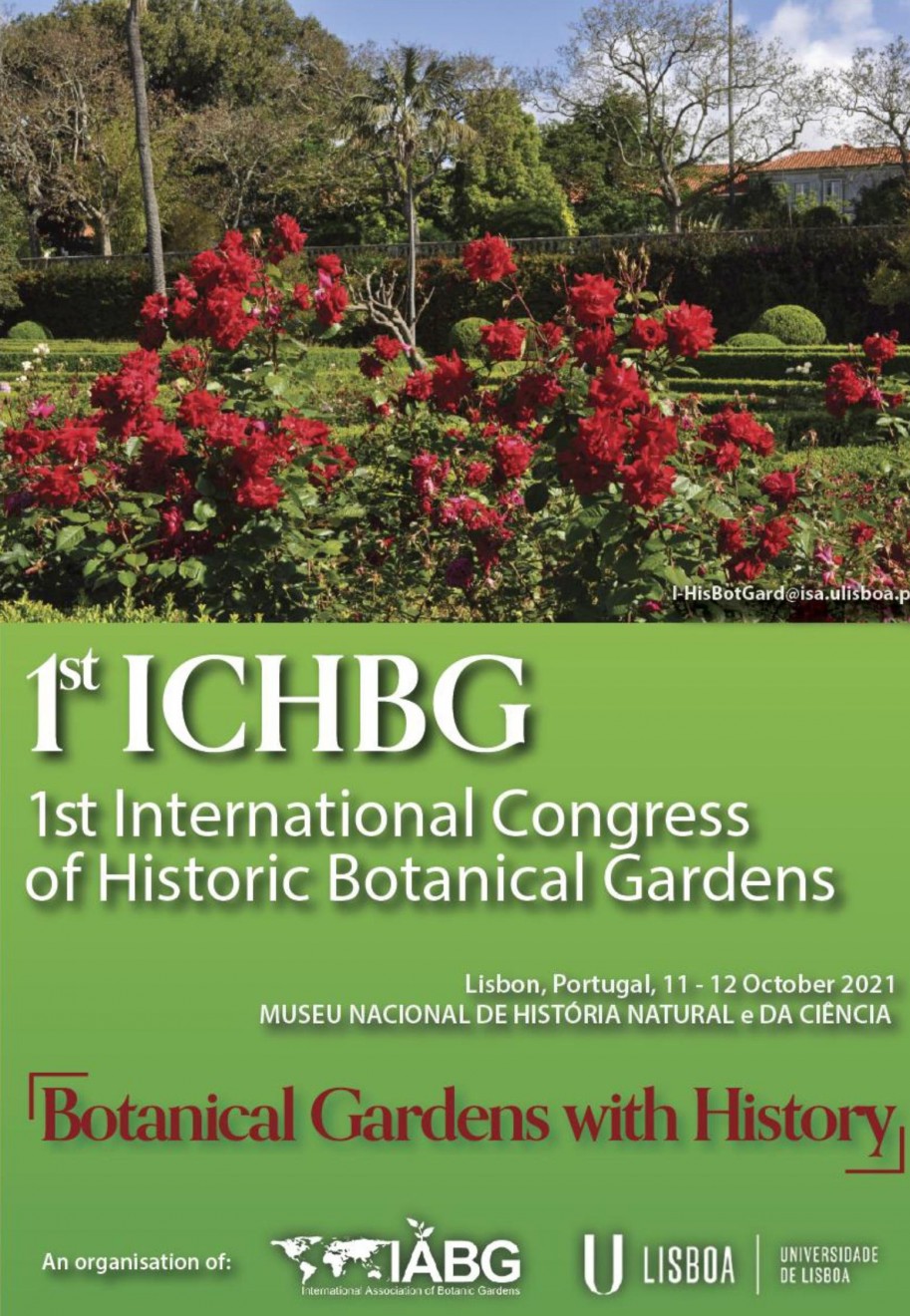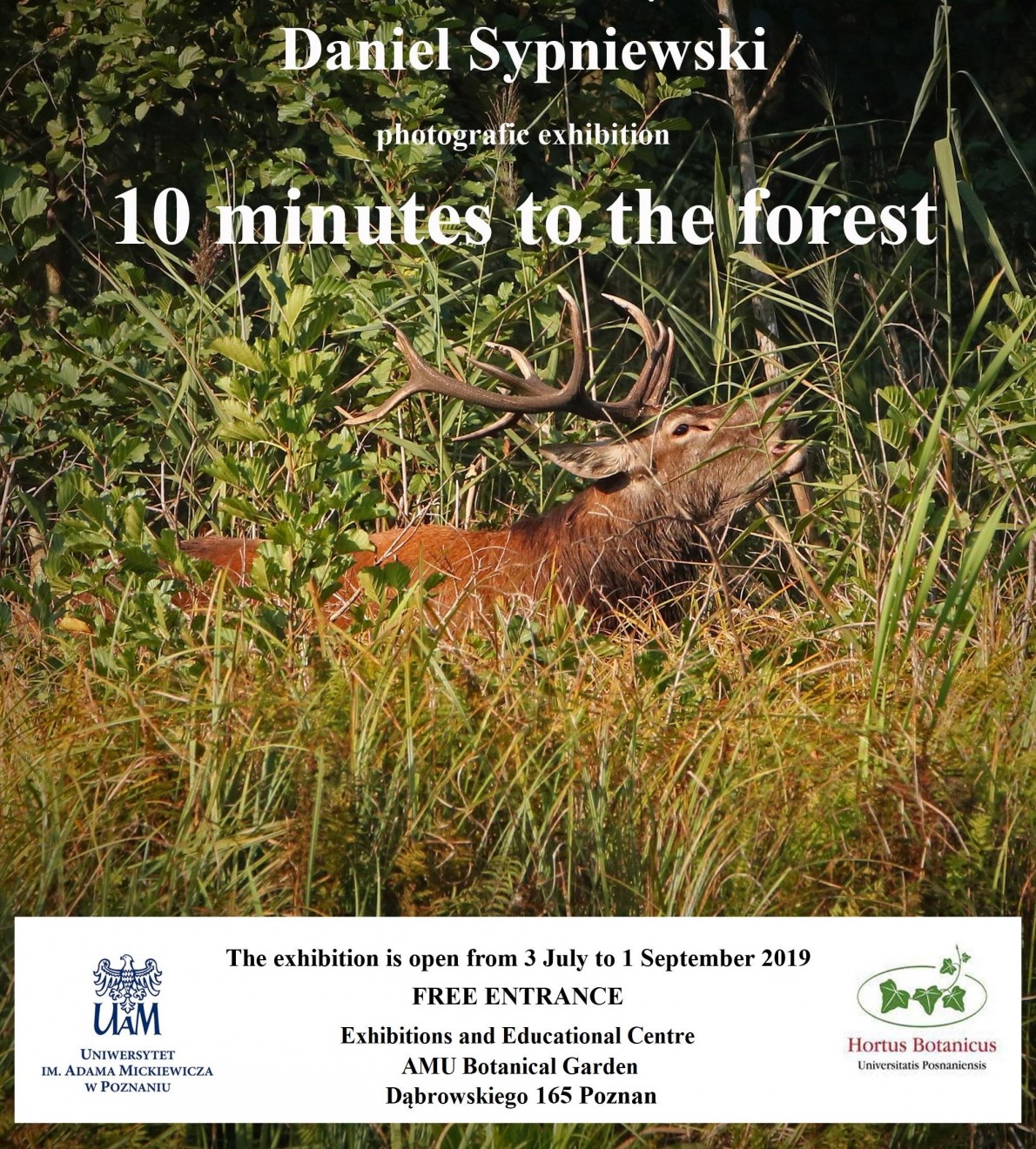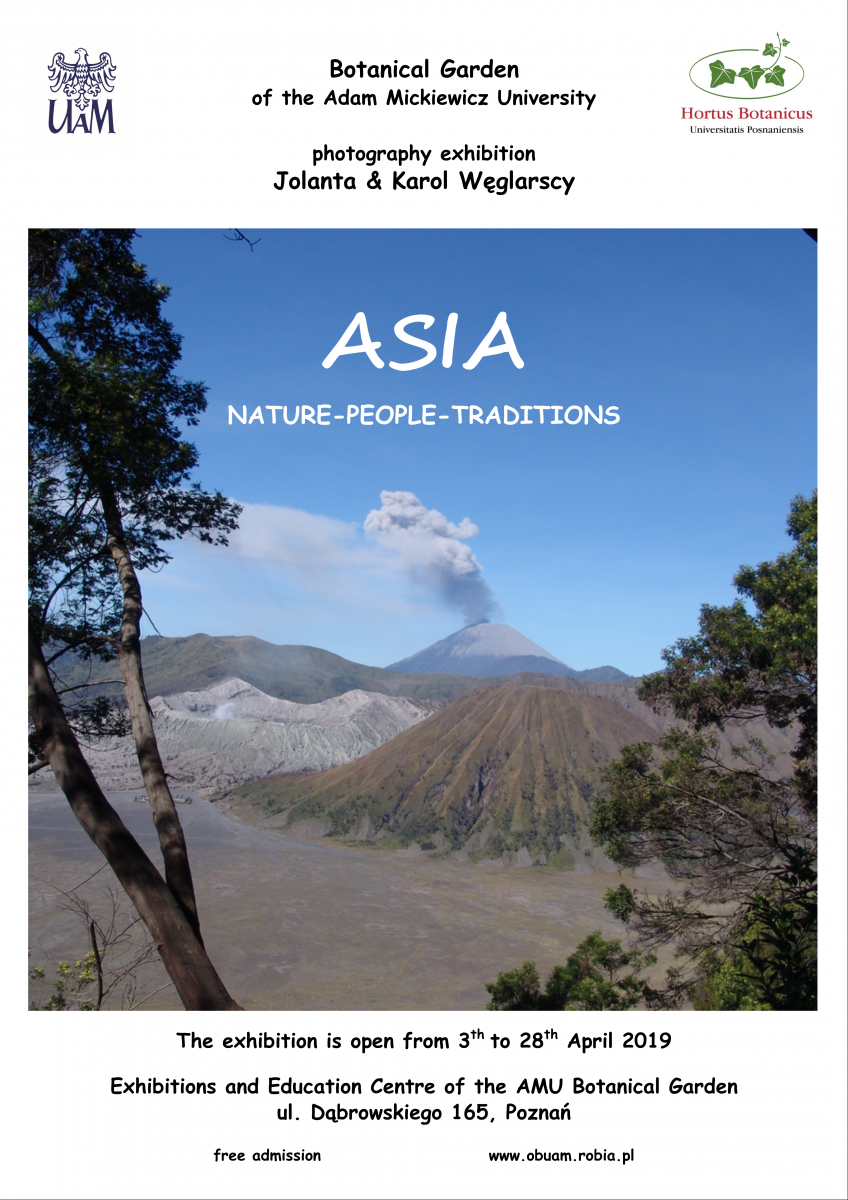
CALLENDAR
Over recent years, there has been a renewed interest in the care and value of historic botanical gardens – those with built heritage, historical collections, or historical connections. Such gardens have made a major contribution to our understanding of the origin and development of botanical science, and to related disciplines such as herbal medicine, ethnobotany and ethnopharmacology. They have also influenced many of the crops we grow, the food we eat and the trees, shrubs and herbs that adorn our streets, parks, and gardens.
However, unless prompt action is taken, many of these unique resources risk falling into neglect, decay or in some cases total loss. This is already happening in many places and it is timely to celebrate and protect the treasures held in these historic botanic gardens. The 1st International Congress of Historic Botanical Gardens will be held in Lisbon, 11-12 October 2021.
The Congress will be held at Museu Nacional de História Natural e da Ciência/Museus da Universidade de Lisboa (MUHNAC/MULisboa).
Important dates:
| May 22nd: | Opening of the early bird registration | |
| July 21st: | Final deadline for abstracts submission and for early bird registration. |

“The Key of Green” is an art exhibition inspired by the plants commonly found in Polish forests, meadows and gardens. It is also an introduction to the rich flora of Adam Mickiewicz University Botanic Garden in Poznań, a set of portrays and stories imprinted in the leaves and flowers from different parts of the world. The diverse tempera paintings focus on characteristic parts of plants, with intriguing textures, in creative perspectives, often in a form of abstract landscapes.
The tile of the exhibition is a wordplay. It refers to the colour palette of the works, symbolises the plants used as artistic objects, but also reaches to the key in its musical sense. Some of the images have been used for the cover of the first Polish balfolk music album by Balsam, released in 2019.
Ewa de Mezer, the author, is a landscape architect and a balfolk musician.
The exhibition will be open for public from 24th of January to 19th of April.
The opening will take place on the 1st of February, Saturday at 12.00 AM. The event features author’s introduction to her works and a music performance by Balsam balfolk music group.
The exhibition will be accompanied by a a number of various interesting cultural events:
23.02 Sunday
11.00 - author’s guided tour through the exhibition
12.00-13.00 - dance workshops “Balfolk - Dance Is For Everyone”
8.03 Sunday
12.00 - author’s guided tour through the exhibition
19.04 Sunday
12.00-13.30 - closing ceremony, performance of Balsam balfolk music group
Free entrance for all events. Dance workshops require prior registration via e-mail at balsam.band@gmail.com by the 21.02. The number of participants is limited.
You are all welcome!

Another interesting exhibition is waiting for our visitors in Exhibitions and Educational Centre. The exhibition presents photographs took by Daniel Sypniewski. The photographs constitute the collection of frozen ephemeral moments - you will meet the hunting fox, red deers during rutting season and many more inhabitants of the forest. The exhibition is open from 9 am. to 7 pm. daily.
On Monday July 8th at 5:30 pm. we invite you to participate in the vernissage and the meeting with the author.

Anthropogenic forms of life - The Centre for the Living Things
venue: Botanical Garden of Adam Mickiewicz University in Poznań
curator: Marek Wasilewski
opening: 11.06.2019, 17:00
11.06 - 31.08.2019
Diana Lelonek is a graduate of Poznań’s University of the Arts, winner of the Vordemberge-Gildewart Foundation’s artistic prize and “Paszport Polityki” 2019 for “an artistically original analysis of threats posed by modern civilisation. For a wisely engaged art that questions in an interesting way the anthropocentric point of view.” Her installation in the Botanical Garden of Poznań’s Adam Mickiewicz University was created following long-term field research. Located in the garden, the Centre for the Living Things – an institution established by the artist, and a work of art itself –at the same time becomes an actual activity in the social, academic and artistic areas. The Centre is involved in educational, artistic and political interaction. While being based within the host institution, the Centre begins to influence it by attracting our attention to those aspects that, until now, have not been the Botanical Garden’s main focus of interest, for instance rubbish heaps or vegetation in post-industrial areas. A special part in these works is played by cooperation with academics. No less valuable were consultations with the garden’s technical staff concerning practical aspects of their work. Diana Lelonek’s latest project is a combination of several planes: a well-developed theoretical basis (concerning the philosophical and aesthetic consequences of the anthropocene), skilful cooperation in the field of natural sciences in a way that fully respects their rules and, last but not least, an artistic plane which manifests itself as a complex work of art in the form of an installation, but also many other accompanying activities.
The activities of the Centre for the Living Things focus on an in-depth study and presentation of the most recent and most visible changes in the biosphere. They prompt us to ask further questions about new potential forms of contact between the human and the non-human, to switch from anthropocentric to interspecies attention, and from a hierarchical to a more egalitarian construction as a potential way out of the anthropocene impasse.
The main problem posed by Diana Lelonek is a question about the role of the contemporary artist, whose new tasks and functions go beyond the autonomous domain of art and make him/her start to play a role in an activist and para-scientific field.
The artist notes that the activity of her Centre is directed towards hybrid and network connections, suggesting the interpenetration and indissolubility of natural, capitalistic, social, geological, physical, economic, manufacturing and decomposition processes.
Marek Wasilewski



The exhibition presents photographs collection from many trips to Asia. Fascinating nature, colorful cities and countries, magic of beliefs and traditions of these people perpetuated on the paper. Come and visit our Exhibitions and Edycation Centre and feel like on the exotic journey.

